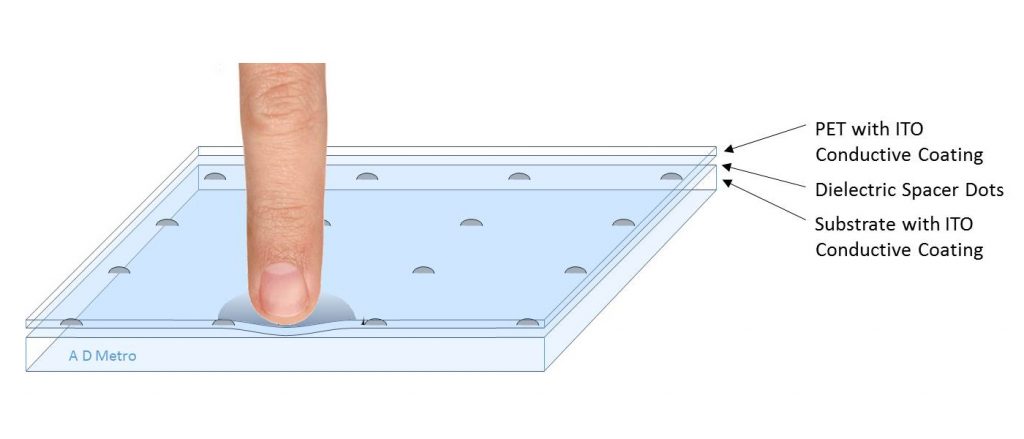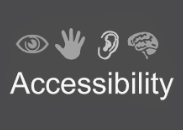When you plan to select a new touchscreen, you look at every aspect from specifications to longevity. Nowadays, users also look for waterproof touchscreens to make their applications work in outdoor environments. It’s true that water and electronics don’t go well together. Exposure to water could result in permanent damage to electronic equipment. But not all touchscreens are susceptible to such damage. There are some touchscreens that are impervious to moisture or water and will continue to work.
Here is a list of touch panels you should consider when looking for waterproof touchscreens.
Capacitive Touchscreens
Advanced projected capacitive touch screens are usually resistant to a small amount of water or any moisture. Projected capacitive touchscreens, for instance, are typically designed with a glass top layer. The glass layer protects the touchscreen against moisture reaching the underlying circuitry. A projected capacitive touchscreen will operate in humid or otherwise moist environments without any damage.
You should be aware that moisture may sometimes prevent a projected capacitive touchscreen from identifying and responding to your touch commands. It happens when the screen is overexposed with too much water. As a result, it may fail to respond to your touch commands because a large enough pool or droplet of water on the surface looks like a finger touch to the touchscreen and too many of those confuses the controller causing the touchscreen to go into palm rejection mode which effectively disables any touches until the water is removed.
Resistive Touchscreens
In comparison to capacitive touchscreens, resistive touchscreens have a higher potential of water resistance. Thanks to the double-layer design, resistive touch panels are a better choice for waterproof touch screens. They have a top layer and a bottom layer, separated by a middle layer of air or inert gas. The bottom layer consists of the voltage gradient. Just like projected capacitive touchscreens, the top layer of the resistive touchscreen is completely sealed, making it impermeable so moisture doesn’t reach the underlying circuitry.
It is Important to note that though resistive touchscreens can be used when exposed to water, long term exposure to enough moisture can cause the screen to eventually fail. This is because the top layer of standard resistive touchscreens is normally made from polyethylene terephthalate (PET). While this material is water-resistant, it is not water-proof and long-term exposure to moisture can allow moisture to seep through the PET and condense inside the touchscreen causing damage. If you want a completely water-proof resistive touchscreen, you must turn to a glass armoured resistive touchscreen such as A D Metro’s ULTRA resistive which has a thin glass layer bonded to the surface of the PET making it 100% water-proof.
Appliance control panels are mostly designed with resistive touchscreens because of their moisture-resistant quality. Especially in applications, where there is a lot of moisture in the environment, appliance manufacturers prefer such water-resistant touch screens. This is certainly advantageous as it makes resistive touchscreens naturally protected against humidity and other forms of moisture. No matter if the device is directly exposed to moisture, resistive touchscreens can allow you to continue to operate it, even when it is exposed to water.
SAW Touchscreens
Surface acoustic wave (SAW) touchscreens typically offer a low level of moisture resistance. Surface acoustic wave is one of the most unique types of touchscreen technologies. Unlike projected capacitive touchscreens and resistive touchscreens, it doesn’t use capacitance or pressure in any form to detect touch commands. Surface acoustic wave touchscreens instead use ultrasonic sound waves in reference to the touch.
Devices with surface acoustic wave touchscreen panels detect touch commands by projecting ultrasonic sound waves across the display interface. When you touch the surface of this touchscreen, your finger disrupts the sound waves in that area. It then registers the disruption as a touch event.
Although SAW touchscreens are highly accurate and equally responsive, it offers minimal protection against moisture. As a result, moisture on the surface of this touchscreen will disrupt the ultrasonic waves disabling the ability to detect touch commands.
We hope the information above will allow you to make an informed decision for waterproof touchscreens.







